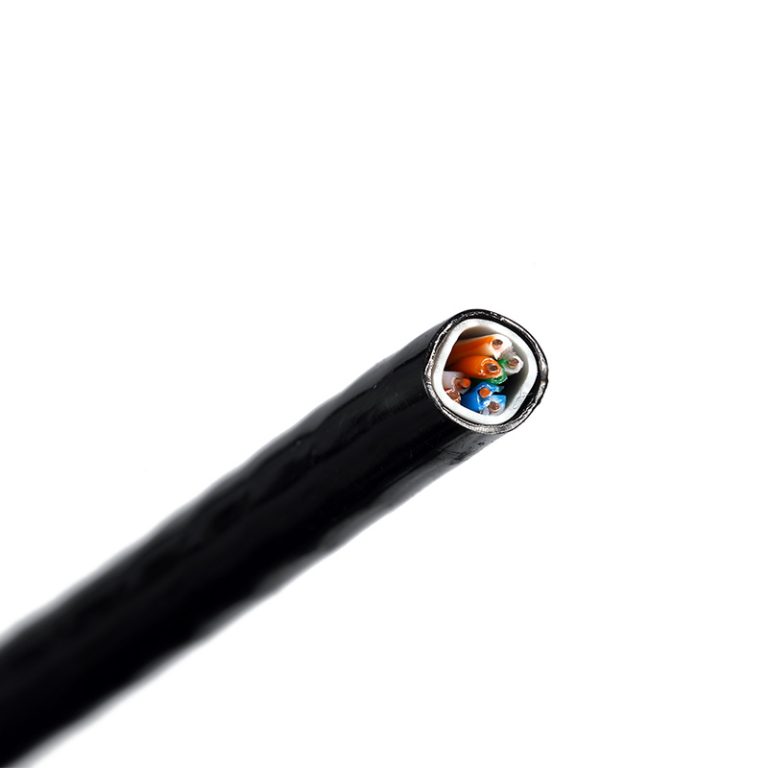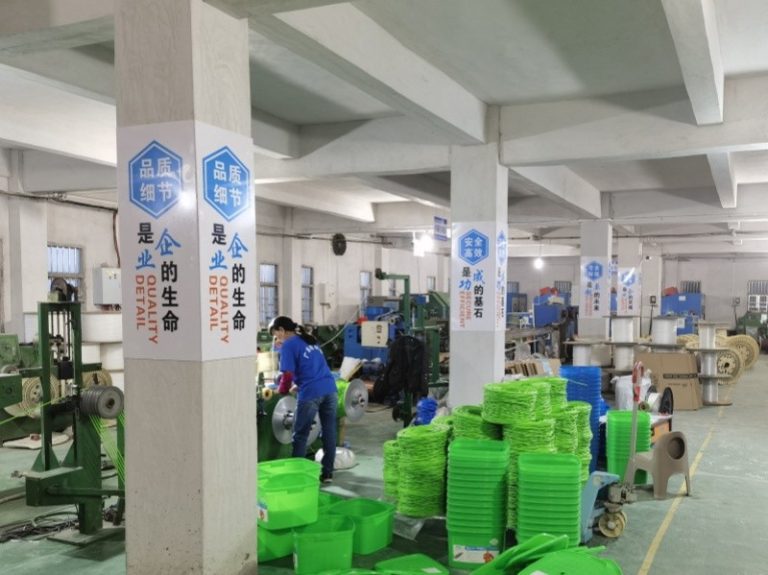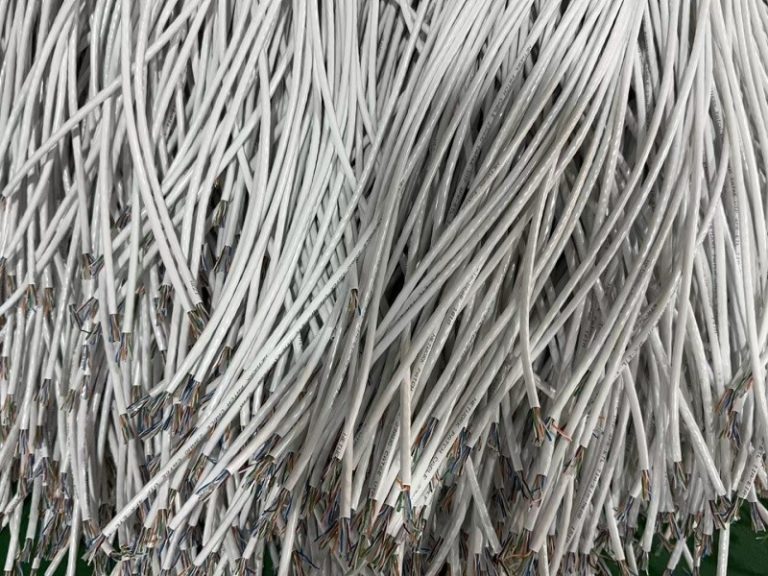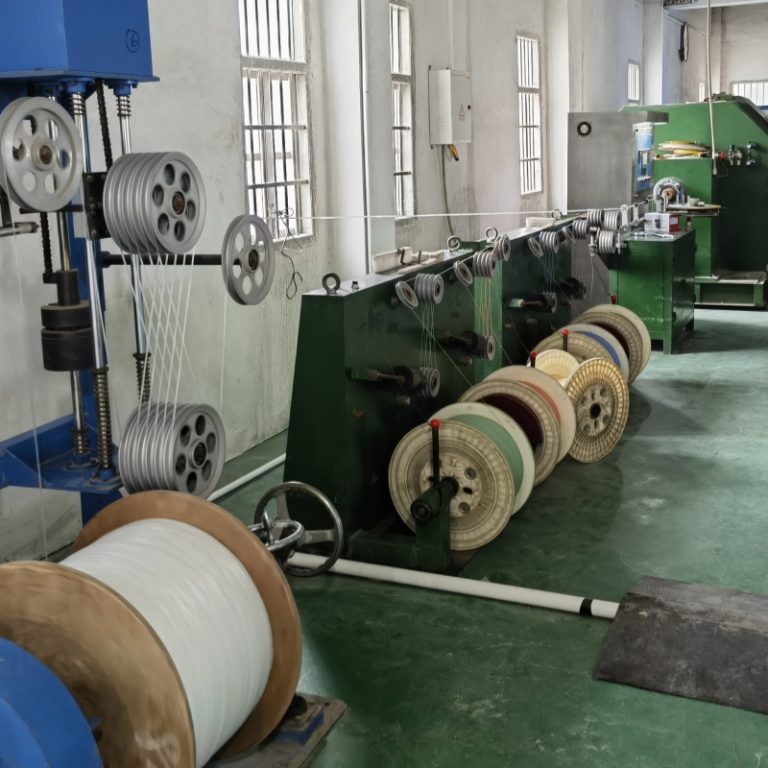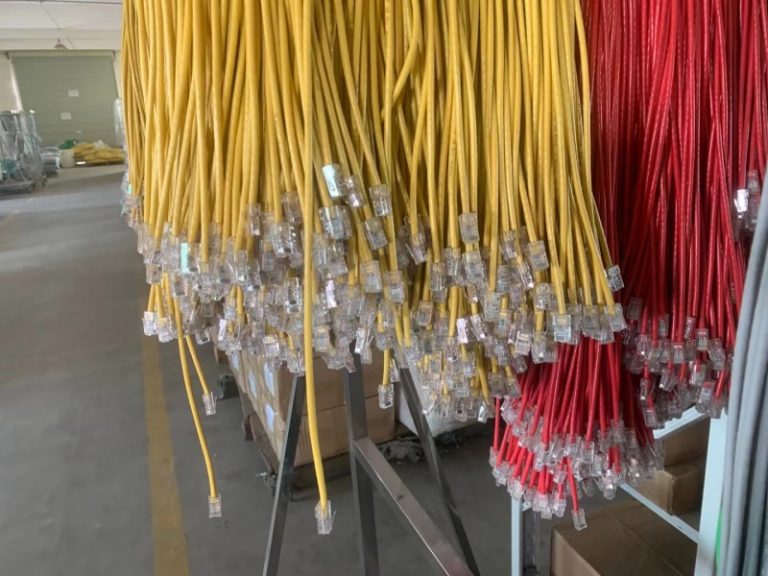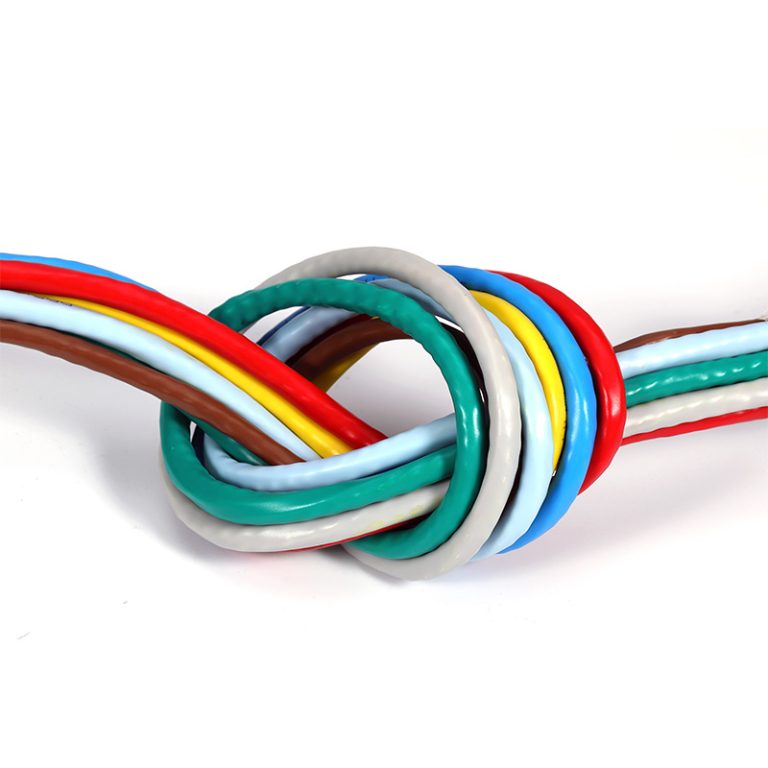utp network cable meaning

Understanding the Basics of UTP Network Cable
UTP network cable, or Unshielded Twisted Pair cable, is a type of networking cable that is commonly used in Ethernet networks. It is made up of twisted pairs of copper wires that are not shielded with any additional insulation. This type of cable is widely used in both residential and commercial settings due to its affordability and ease of installation.
One of the key features of UTP network cable is its twisted pair design. The twisted pairs of wires help to reduce electromagnetic interference, which can degrade the quality of the signal being transmitted over the cable. By twisting the pairs of wires together, any interference that is picked up by one wire is canceled out by the other wire in the pair. This helps to ensure a more reliable and consistent connection.
UTP network cable comes in various categories, with Cat5e and Cat6 being the most common types used today. Cat5e cable is capable of transmitting data at speeds of up to 1 Gbps, while Cat6 cable can handle speeds of up to 10 Gbps. Cat6a cable is also available, which can support speeds of up to 10 Gbps over longer distances.
When installing UTP network cable, it is important to follow proper installation practices to ensure optimal performance. This includes avoiding sharp bends in the cable, as this can cause signal loss, and ensuring that the cable is not run parallel to power cables, as this can introduce interference. It is also important to use the correct connectors and termination techniques to ensure a secure connection.

One of the advantages of UTP network cable is its versatility. It can be used for a wide range of applications, from connecting computers and printers in a home office to linking multiple buildings in a corporate network. UTP cable is also commonly used in structured cabling systems, where multiple cables are run through a building to provide connectivity to various devices.
In addition to its versatility, UTP network cable is also cost-effective. Compared to other types of networking cables, such as fiber optic cable, UTP cable is relatively inexpensive to purchase and install. This makes it an attractive option for businesses and homeowners who are looking to set up a network on a budget.
Despite its many advantages, UTP network cable does have some limitations. One of the main drawbacks of UTP cable is its limited range compared to fiber optic cable. UTP cable is typically limited to distances of around 100 meters before signal degradation becomes an issue. This makes it less suitable for long-distance networking applications.
In conclusion, UTP network cable is a versatile and cost-effective option for setting up Ethernet networks in both residential and commercial settings. Its twisted pair design helps to reduce electromagnetic interference, ensuring a reliable connection. By following proper installation practices and choosing the right category of cable for your needs, you can enjoy the benefits of UTP network cable for your networking needs.
The Importance of UTP Network Cable in Networking
In the world of networking, UTP network cables play a crucial role in ensuring smooth and efficient communication between devices. UTP, which stands for Unshielded Twisted Pair, is a type of cable that consists of twisted pairs of copper wires. These cables are widely used in Ethernet networks due to their cost-effectiveness, flexibility, and ease of installation.
One of the key features of UTP network cables is their twisted pair design. The twisted pairs help to reduce electromagnetic interference and crosstalk, which can degrade the quality of the signal being transmitted. By twisting the pairs of wires together, UTP cables are able to maintain signal integrity and minimize the risk of data loss or corruption.
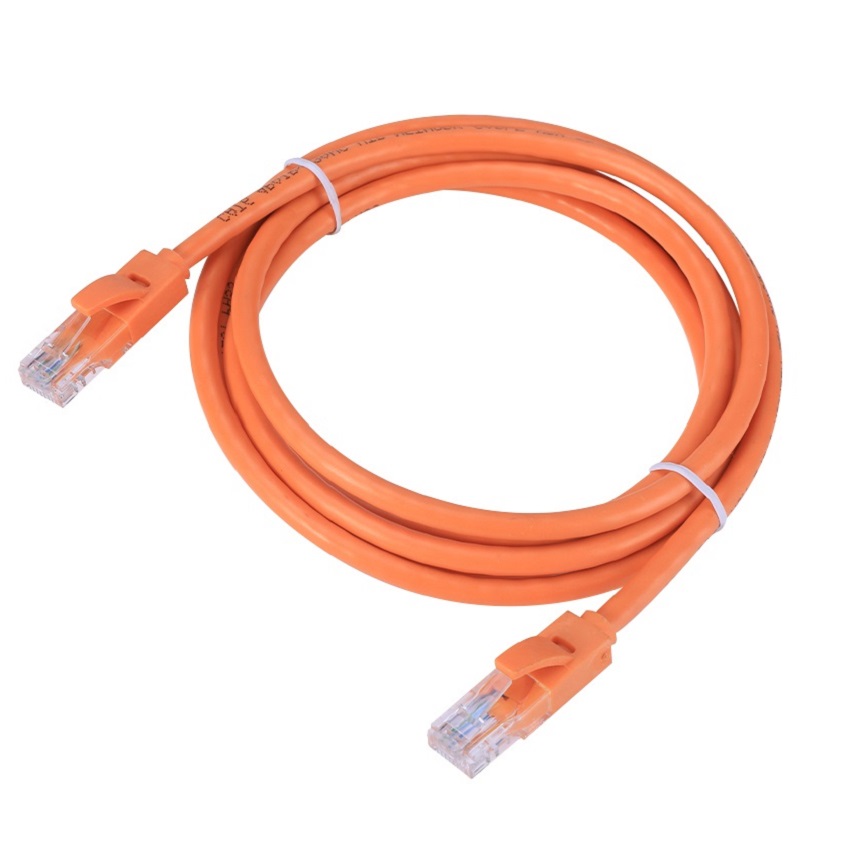
| No. | Products |
| 1 | RG59 With Power Cable |
Another important aspect of UTP network cables is their versatility. These cables come in various categories, such as Cat5e, Cat6, and Cat6a, each offering different levels of performance and bandwidth. Cat5e cables, for example, are suitable for basic Ethernet connections, while Cat6 and Cat6a cables are designed for higher-speed networks and applications that require more bandwidth.
UTP network cables are also known for their ease of installation. Unlike shielded cables, which require additional grounding and shielding to protect against interference, UTP cables can be simply plugged in and used without any special precautions. This makes them ideal for small businesses, home networks, and other environments where simplicity and cost-effectiveness are key considerations.
| No. | Name |
| 1 | patch cable crossover |
In addition to their technical advantages, UTP network cables are also widely available and cost-effective. These cables are readily available from a variety of manufacturers and suppliers, making them a popular choice for networking professionals and DIY enthusiasts alike. Whether you need a few feet of cable for a home network or hundreds of feet for a large office installation, UTP cables are a reliable and affordable option.
When it comes to networking, the quality of the cables you use can have a significant impact on the performance and reliability of your network. UTP network cables are designed to meet the demands of modern networking environments, providing a reliable and cost-effective solution for connecting devices and transmitting data. Whether you are setting up a small home network or a large corporate infrastructure, UTP cables are an essential component that can help ensure the success of your networking project.
| Serial Number | Name |
| 1 | network cable |
In conclusion, UTP network cables are an essential component of modern networking infrastructure. With their twisted pair design, versatility, ease of installation, and cost-effectiveness, these cables offer a reliable and efficient solution for connecting devices and transmitting data. Whether you are a networking professional or a DIY enthusiast, UTP cables are a valuable tool that can help you build a robust and reliable network.
How to Choose the Right UTP Network Cable for Your Setup
When it comes to setting up a network, choosing the right type of cable is crucial. One of the most common types of cables used in networking is the UTP (Unshielded Twisted Pair) network cable. UTP cables are widely used in Ethernet networks due to their affordability, flexibility, and ease of installation. In this article, we will discuss the meaning of UTP network cables and provide tips on how to choose the right one for your setup.
UTP network cables consist of four twisted pairs of copper wires enclosed in a plastic sheath. The twisting of the pairs helps to reduce electromagnetic interference and crosstalk, which can degrade the quality of the signal transmitted through the cable. The plastic sheath provides protection for the wires and helps to maintain the integrity of the cable.
When choosing a UTP network cable for your setup, there are a few key factors to consider. The first factor to consider is the category of the cable. UTP cables are categorized based on their performance characteristics, with Category 5e, Category 6, and Category 6a being the most common categories used in Ethernet networks. Category 5e cables are suitable for basic Ethernet networks, while Category 6 and Category 6a cables are recommended for high-speed networks and applications that require higher bandwidth.
Another important factor to consider when choosing a UTP network cable is the length of the cable. The length of the cable can affect the performance of the network, as longer cables can experience more signal loss and interference. It is important to choose a cable that is the right length for your setup to ensure optimal performance.
In addition to the category and length of the cable, it is also important to consider the quality of the cable. High-quality UTP cables are made with pure copper conductors, which provide better conductivity and signal transmission compared to cables made with copper-clad aluminum conductors. It is important to choose a cable from a reputable manufacturer to ensure that you are getting a high-quality product that will meet your networking needs.
When installing UTP network cables, it is important to follow best practices to ensure optimal performance. Cables should be run in a neat and organized manner to minimize interference and crosstalk. Cables should also be properly terminated with RJ45 connectors to ensure a secure connection. It is also important to avoid running UTP cables near sources of electromagnetic interference, such as power cables and fluorescent lights, to prevent signal degradation.
In conclusion, UTP network cables are an essential component of Ethernet networks, providing a reliable and cost-effective solution for connecting devices. When choosing a UTP network cable for your setup, it is important to consider factors such as the category, length, and quality of the cable to ensure optimal performance. By following best practices for installation and maintenance, you can ensure that your network operates smoothly and efficiently.

